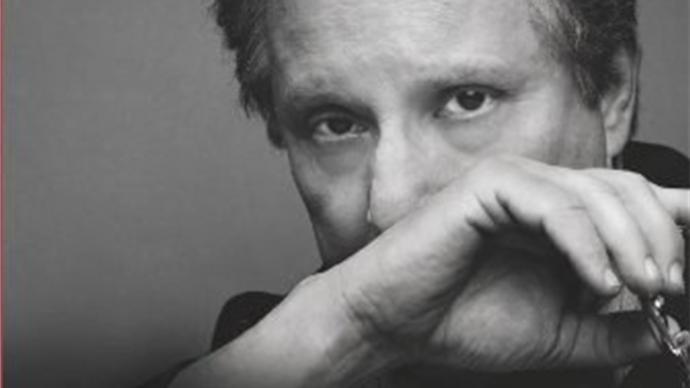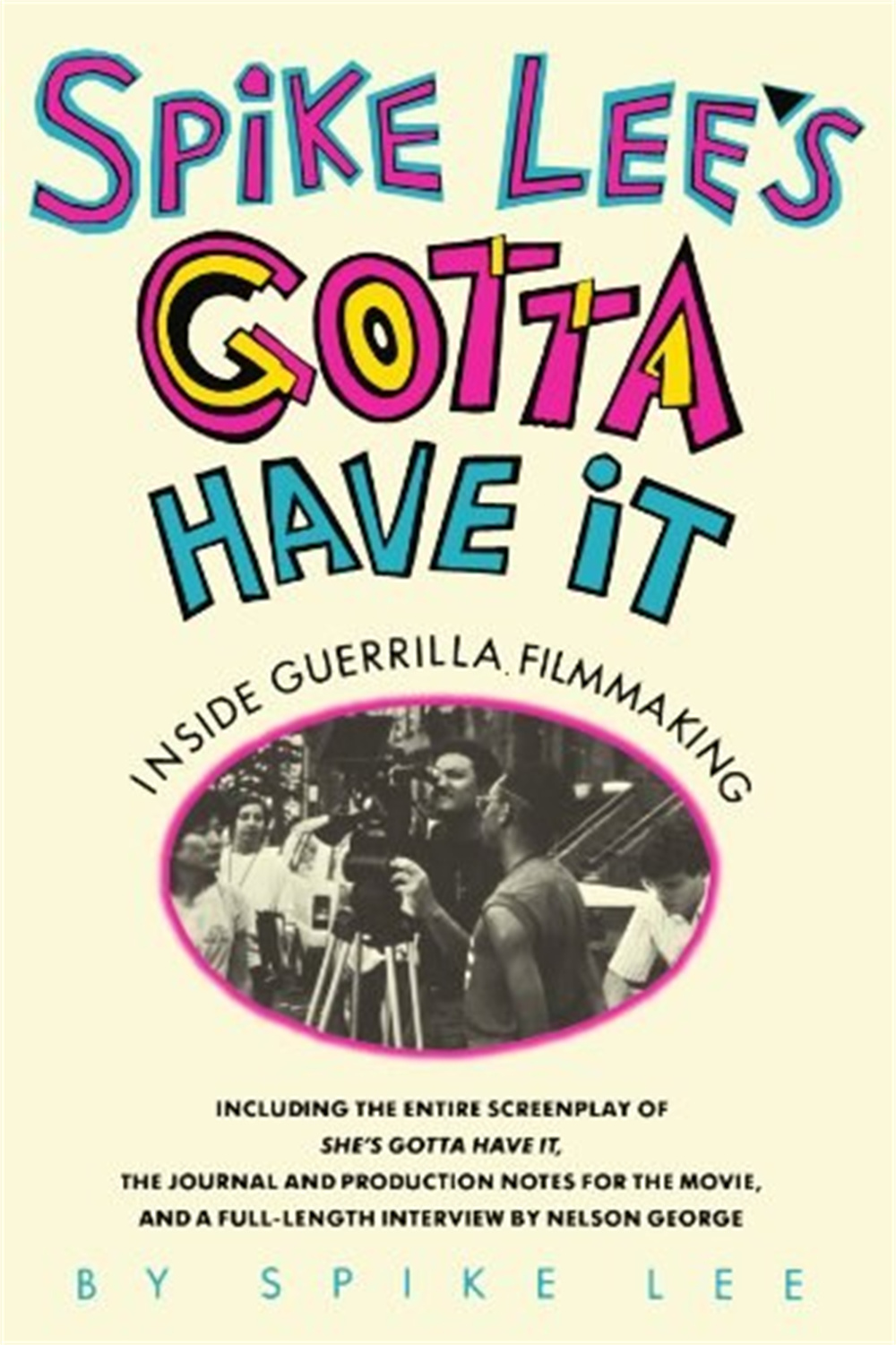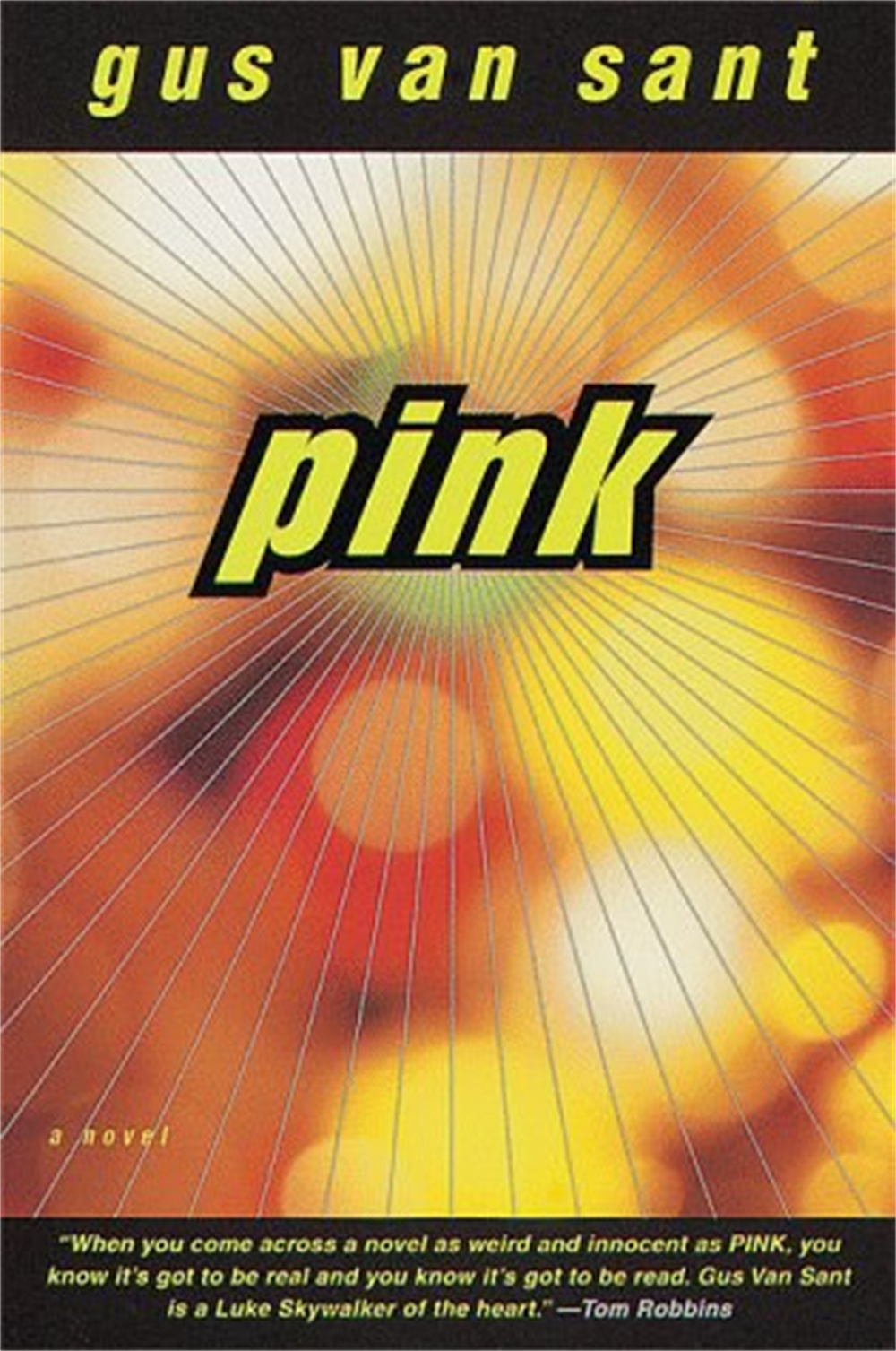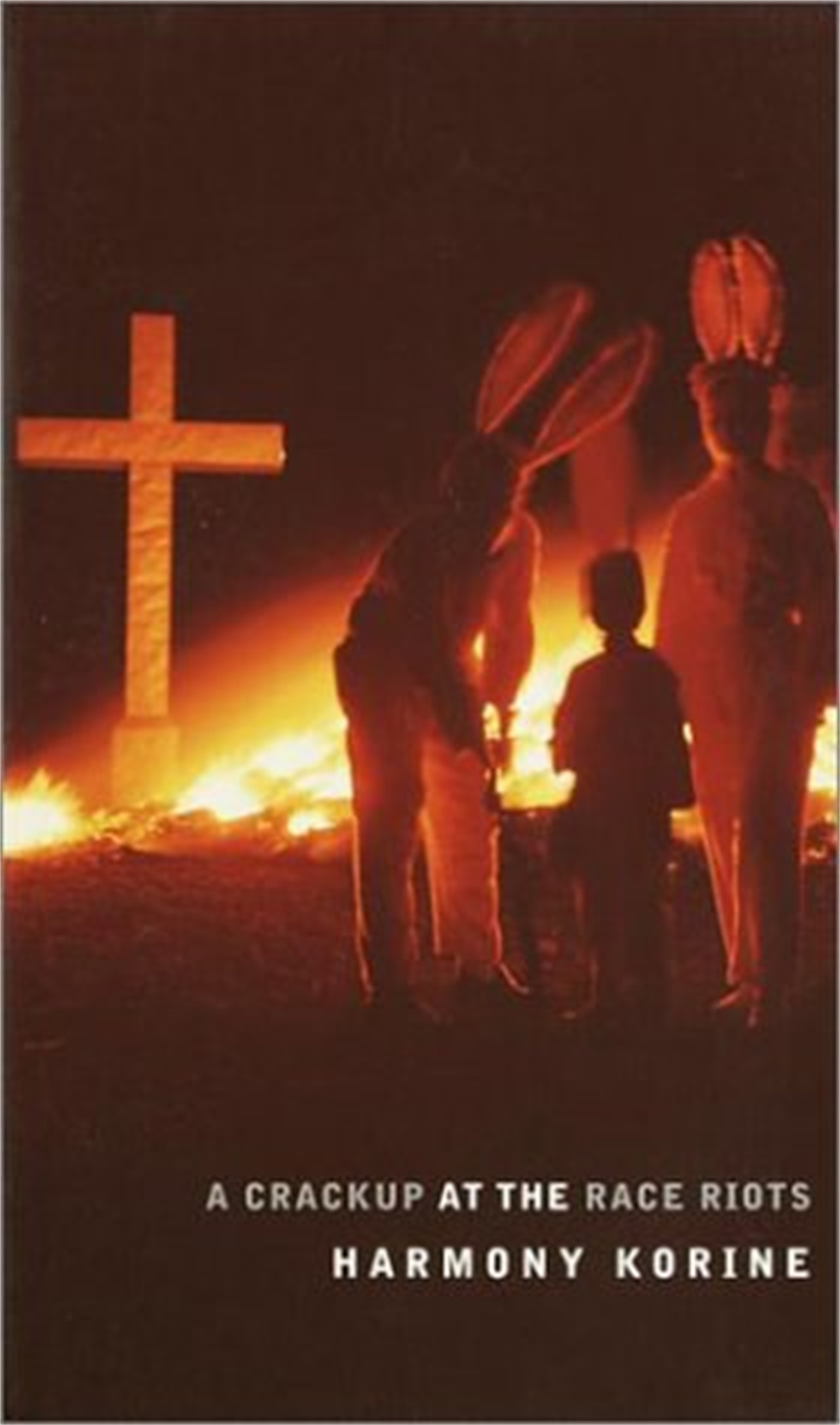
As the saying goes, art is specialized, but literature and art are similar; and the film known as the "seventh art" is the culmination of various other art forms. In particular, filmmaking and writing are essentially storytelling. Therefore, it has also been said that the more excellent a film director is, the more compelling the writing will be when he puts down his guide tube and picks up a pen.
On the occasion of the "World Book Day" on April 23, I sincerely recommend the following ten works by film directors to readers. Whether you are a movie fan or a book fan, I believe you can reap the pleasure from reading. Hitchcock and Truffaut
Hitchcock and Truffaut
Author: Francois Truffaut
Published: 1966
Suspense master Hitchcock's name is well known to everyone. The success of the commercial film director has been promoted to the altar of art, to a large extent thanks to the French "new wave" director François Truffaut and his colleagues in the editorial department of "Cinebook" them.
In April 1962, Hitchcock, who was busy in the post-production of "Bird", received a letter from Truffaut, a young junior, in which he expressed the hope of conducting an exclusive interview with him for a total of 30 hours, with five hundred proposals in turn at one time. issue, which was subsequently published in a book, published simultaneously in New York and Paris. Hitchcock readily accepted the bold offer, and in the reply telegram finalized August 13, his 63rd birthday, for the interview in his Universal Studios office. Relying on the professional translation of his friend, Ms. Helen Scott, Truffaut, who does not know English, successfully completed the interview, and then carefully selected and combed through the 52 tapes, and finally released this book in 1966. Conversations between Hitchcock and Truffaut.
For more than half a century, this work has always been regarded as a classic for interpreting Hitchcock's works, and has been translated into many languages including Chinese. It is worth mentioning that, in addition to Truffaut, the other two "New Wave" standard bearers Eric Rohmer and Claude Chabrol also co-authored a Hitchcock monograph, but it is widely circulated. The breadth cannot be compared. The Incal
The Incal
Author: Alessandro Jodorowski
Published: 1980
The release of the movie "Dune" made many people know the name of Alessandro Jodorowsky. In addition to last year's Denis Villeneuve version and 1984's David Lynch version, there was a stillborn version of Jodorowsky before that. The Chilean director, who is famous for his cult films such as "Holy Mountain" and "The Mole", has invested a lot of enthusiasm in bringing "Dune" to the screen, and has even gathered artists including painter Dalí, rock singer Mick . Jagger, the band Pink Floyd and the movie giant Orson Welles included a lavish lineup, but in the end, the production costs were too high to receive any investment from any studio. Disappointed, Jodorowsky had to write these prepared stories into novels, and together with the drawings of French comic master Mobius, the great graphic novel "Inka Stone" was born. Last year, it was reported that New Zealand director Taika Waititi, who has made a lot of money in Hollywood, plans to put "Inka Stone" on the screen. Spike Lee's Gotta Have It
Spike Lee's Gotta Have It
Author: Spike Lee
Published: 1987
Today's Spike Lee has already made a name for himself and is famous all over the world, but back in the early 1980s, he just graduated from the New York University Film School with a master's degree. Like many of his peers who dream of directing, he is looking for a film every day. Frustrated with funding, finding projects, and finding inspiration.
In 1985, the 28-year-old Spike Lee was inspired by Akira Kurosawa's classic work "Rashomon" and wrote the script for "Successful Success". That summer, relying on the funds of 30,000 to 40,000 US dollars cobbled together, he completed the filming of the film in only 12 days. As Spike Lee's debut feature, "Successful Win" not only earned more than $7 million at the box office, but also successfully influenced a large number of latecomers, including Quentin Tarantino.
In 1987, Spike Lee compiled his personal diaries from the whole process of "Successful Winning" from the brewing to the financing to the filming and release into a book, which is the book of the same name. Even if it is reopened today, decades later, I can still feel the pure heart of a young director between the lines. Modern Nature
Modern Nature
Author: Derek Jarman
Published: 1991
The British director Jarman, who is famous for films such as "Caravaggio", "The Last of England", "Edward II" and "Wittgenstein", is also a gardening and plant fanatic. This diary-style work records how he built a garden out of thin air on a desolate pebble beach by himself when he was terminally ill. It has a magical effect of calming the mind. Rebel Without a Crew
Rebel Without a Crew
Author: Robert Rodriguez
Published: 1995
The title of the book comes from James Dean's classic "Rebel Without a Cause," but it's more worthy of emphasis on the book's subtitle—"See how a 23-year-old director relies on "Or How a 23-Year-Old Filmmaker with $7,000 Became a Hollywood Player".
In the book, director Robert Rodriguez details the entire process of creating his first film "The Elegy of the Killer", including how he joined the "guinea pig" project of the pharmaceutical factory, how to test the medicine, and how to rely on this " "Desperate Money" to start the filming of all kinds of bizarre anecdotes. Through witty and humorous writing, this American independent film talent has pointed out a thorny but dreamlike way forward for all those who are interested in the silver dream. Pink
Pink
Author: Gus Van Sant
Published: 1997
Film directors seem to have a tendency to stream-of-consciousness when they write novels, and Gus Van Sant, a famous director in the American independent film industry, is no exception. This first novel, which was published when he was 45 years old, has been compared with Kurt Vonnegut's works by many book reviewers, which is already a very high affirmation in itself.
"Pink" tells the story of a commercial director who is not satisfied with the status quo, and hopes to write a sci-fi script that satisfies him, so that Hollywood can make a name for himself. In the process, he met two young people from another time and space-the one named "Pink", and under their guidance, completed a transcendental journey about love and eternity. A Crack Up At The Race Riots
A Crack Up At The Race Riots
Author: Harmony Colin
Published: 1998
American post-70s director Harmony Collin stunned the independent film industry with works such as "Kid Strange" and "Donkey Julian" in his early years, but his recent two works "Spring Break" and "Beach Bum" seem to leave people behind Xiajiang Lang only made an impression. Fortunately, in addition to making movies, this bad boy in the film industry is actually a master in the literary world. As early as 1998, when he was 25 years old, he published his first novel "The Collapse of Racist Riots".
The book is based on a racist riot that took place in Florida, USA, and uses a kaleidoscope of stream-of-consciousness collage to present the author's whimsical thoughts in his youth. It is not so much a literary novel in the traditional sense, but more like a It is a postmodernist experimental art work. The Friedkin Connection
The Friedkin Connection
Author: William Friedkin
Publication time: 2013
William Friedkin's film career suffered from a number of setbacks from the very beginning. The four films he directed at the beginning all hit the street at the box office, but he did not give up. After that, he directed two blockbuster films, "French Drug Network" and "The Archmage", and finally became a famous Hollywood director. "Friedkin Film Network" is his memoir published at the age of 78 in 2013. The title of the book is taken from his masterpiece "The French Connection". All kinds of Hollywood insiders speak freely, and people can't stop reading. "Consumed"
"Consumed"
Author: David Cronenberg
Publication time: 2014
Canadian director David Cronenberg started his career with peculiar horror films such as "The Creepy", "Rabies", "Spiritual Baby" and "Murder on Video Tape", and later works such as "The Fly", "Desire Express" and "Sense Game" etc., also focus on the mutation and metamorphosis of the human body itself, intending to express the alienation process of modern people from the outside to the inside and various distortions of modern civilization. This so-called "body horror" (body horror) personal style makes him Get a lot of loyal fans.
In 2014, at the age of 71, he created a novel for the first time across borders and published this heterochromatic work "Eat", which is quite consistent with his film style. The story takes the interview process of two independent journalists as the main line, connecting one after another bizarre modern urban wonders, presenting the most cutting-edge technological products of human beings and the most primitive instinctive desires. of fans read it and couldn't put it down. The First Bad Man
The First Bad Man
Author: Miranda Jolie
Publication time: 2015
The movie "Billionaire" (Kajillionaire) released the year before last was the third work of American director Miranda Jolie, but it just happened to catch up with the epidemic. The official debut, even after it was released in the United States, failed to gain too many people's attention. However, most of the people who have watched "Billionaire" praised it, believing that it continued the consistent style of Qiu Li's two previous works "Love Me, You He" and "The Future". It is indeed a small fortune that belongs to this generation of literary and artistic youth.
In addition to making movies, this talented woman born in 1974 also has written works. "The First Bad Guy" is her first novel published in 2015, and her earlier short story collection "No One" Belongs Here More Than You" also won the Frank O'Connor International Short Story Award.
On the occasion of the "World Book Day" on April 23, I sincerely recommend the following ten works by film directors to readers. Whether you are a movie fan or a book fan, I believe you can reap the pleasure from reading.
 Hitchcock and Truffaut
Hitchcock and TruffautAuthor: Francois Truffaut
Published: 1966
Suspense master Hitchcock's name is well known to everyone. The success of the commercial film director has been promoted to the altar of art, to a large extent thanks to the French "new wave" director François Truffaut and his colleagues in the editorial department of "Cinebook" them.
In April 1962, Hitchcock, who was busy in the post-production of "Bird", received a letter from Truffaut, a young junior, in which he expressed the hope of conducting an exclusive interview with him for a total of 30 hours, with five hundred proposals in turn at one time. issue, which was subsequently published in a book, published simultaneously in New York and Paris. Hitchcock readily accepted the bold offer, and in the reply telegram finalized August 13, his 63rd birthday, for the interview in his Universal Studios office. Relying on the professional translation of his friend, Ms. Helen Scott, Truffaut, who does not know English, successfully completed the interview, and then carefully selected and combed through the 52 tapes, and finally released this book in 1966. Conversations between Hitchcock and Truffaut.
For more than half a century, this work has always been regarded as a classic for interpreting Hitchcock's works, and has been translated into many languages including Chinese. It is worth mentioning that, in addition to Truffaut, the other two "New Wave" standard bearers Eric Rohmer and Claude Chabrol also co-authored a Hitchcock monograph, but it is widely circulated. The breadth cannot be compared.
 The Incal
The IncalAuthor: Alessandro Jodorowski
Published: 1980
The release of the movie "Dune" made many people know the name of Alessandro Jodorowsky. In addition to last year's Denis Villeneuve version and 1984's David Lynch version, there was a stillborn version of Jodorowsky before that. The Chilean director, who is famous for his cult films such as "Holy Mountain" and "The Mole", has invested a lot of enthusiasm in bringing "Dune" to the screen, and has even gathered artists including painter Dalí, rock singer Mick . Jagger, the band Pink Floyd and the movie giant Orson Welles included a lavish lineup, but in the end, the production costs were too high to receive any investment from any studio. Disappointed, Jodorowsky had to write these prepared stories into novels, and together with the drawings of French comic master Mobius, the great graphic novel "Inka Stone" was born. Last year, it was reported that New Zealand director Taika Waititi, who has made a lot of money in Hollywood, plans to put "Inka Stone" on the screen.
 Spike Lee's Gotta Have It
Spike Lee's Gotta Have ItAuthor: Spike Lee
Published: 1987
Today's Spike Lee has already made a name for himself and is famous all over the world, but back in the early 1980s, he just graduated from the New York University Film School with a master's degree. Like many of his peers who dream of directing, he is looking for a film every day. Frustrated with funding, finding projects, and finding inspiration.
In 1985, the 28-year-old Spike Lee was inspired by Akira Kurosawa's classic work "Rashomon" and wrote the script for "Successful Success". That summer, relying on the funds of 30,000 to 40,000 US dollars cobbled together, he completed the filming of the film in only 12 days. As Spike Lee's debut feature, "Successful Win" not only earned more than $7 million at the box office, but also successfully influenced a large number of latecomers, including Quentin Tarantino.
In 1987, Spike Lee compiled his personal diaries from the whole process of "Successful Winning" from the brewing to the financing to the filming and release into a book, which is the book of the same name. Even if it is reopened today, decades later, I can still feel the pure heart of a young director between the lines.
 Modern Nature
Modern NatureAuthor: Derek Jarman
Published: 1991
The British director Jarman, who is famous for films such as "Caravaggio", "The Last of England", "Edward II" and "Wittgenstein", is also a gardening and plant fanatic. This diary-style work records how he built a garden out of thin air on a desolate pebble beach by himself when he was terminally ill. It has a magical effect of calming the mind.
 Rebel Without a Crew
Rebel Without a CrewAuthor: Robert Rodriguez
Published: 1995
The title of the book comes from James Dean's classic "Rebel Without a Cause," but it's more worthy of emphasis on the book's subtitle—"See how a 23-year-old director relies on "Or How a 23-Year-Old Filmmaker with $7,000 Became a Hollywood Player".
In the book, director Robert Rodriguez details the entire process of creating his first film "The Elegy of the Killer", including how he joined the "guinea pig" project of the pharmaceutical factory, how to test the medicine, and how to rely on this " "Desperate Money" to start the filming of all kinds of bizarre anecdotes. Through witty and humorous writing, this American independent film talent has pointed out a thorny but dreamlike way forward for all those who are interested in the silver dream.
 Pink
PinkAuthor: Gus Van Sant
Published: 1997
Film directors seem to have a tendency to stream-of-consciousness when they write novels, and Gus Van Sant, a famous director in the American independent film industry, is no exception. This first novel, which was published when he was 45 years old, has been compared with Kurt Vonnegut's works by many book reviewers, which is already a very high affirmation in itself.
"Pink" tells the story of a commercial director who is not satisfied with the status quo, and hopes to write a sci-fi script that satisfies him, so that Hollywood can make a name for himself. In the process, he met two young people from another time and space-the one named "Pink", and under their guidance, completed a transcendental journey about love and eternity.
 A Crack Up At The Race Riots
A Crack Up At The Race RiotsAuthor: Harmony Colin
Published: 1998
American post-70s director Harmony Collin stunned the independent film industry with works such as "Kid Strange" and "Donkey Julian" in his early years, but his recent two works "Spring Break" and "Beach Bum" seem to leave people behind Xiajiang Lang only made an impression. Fortunately, in addition to making movies, this bad boy in the film industry is actually a master in the literary world. As early as 1998, when he was 25 years old, he published his first novel "The Collapse of Racist Riots".
The book is based on a racist riot that took place in Florida, USA, and uses a kaleidoscope of stream-of-consciousness collage to present the author's whimsical thoughts in his youth. It is not so much a literary novel in the traditional sense, but more like a It is a postmodernist experimental art work.
 The Friedkin Connection
The Friedkin ConnectionAuthor: William Friedkin
Publication time: 2013
William Friedkin's film career suffered from a number of setbacks from the very beginning. The four films he directed at the beginning all hit the street at the box office, but he did not give up. After that, he directed two blockbuster films, "French Drug Network" and "The Archmage", and finally became a famous Hollywood director. "Friedkin Film Network" is his memoir published at the age of 78 in 2013. The title of the book is taken from his masterpiece "The French Connection". All kinds of Hollywood insiders speak freely, and people can't stop reading.
 "Consumed"
"Consumed"Author: David Cronenberg
Publication time: 2014
Canadian director David Cronenberg started his career with peculiar horror films such as "The Creepy", "Rabies", "Spiritual Baby" and "Murder on Video Tape", and later works such as "The Fly", "Desire Express" and "Sense Game" etc., also focus on the mutation and metamorphosis of the human body itself, intending to express the alienation process of modern people from the outside to the inside and various distortions of modern civilization. This so-called "body horror" (body horror) personal style makes him Get a lot of loyal fans.
In 2014, at the age of 71, he created a novel for the first time across borders and published this heterochromatic work "Eat", which is quite consistent with his film style. The story takes the interview process of two independent journalists as the main line, connecting one after another bizarre modern urban wonders, presenting the most cutting-edge technological products of human beings and the most primitive instinctive desires. of fans read it and couldn't put it down.
 The First Bad Man
The First Bad ManAuthor: Miranda Jolie
Publication time: 2015
The movie "Billionaire" (Kajillionaire) released the year before last was the third work of American director Miranda Jolie, but it just happened to catch up with the epidemic. The official debut, even after it was released in the United States, failed to gain too many people's attention. However, most of the people who have watched "Billionaire" praised it, believing that it continued the consistent style of Qiu Li's two previous works "Love Me, You He" and "The Future". It is indeed a small fortune that belongs to this generation of literary and artistic youth.
In addition to making movies, this talented woman born in 1974 also has written works. "The First Bad Guy" is her first novel published in 2015, and her earlier short story collection "No One" Belongs Here More Than You" also won the Frank O'Connor International Short Story Award.
Related Posts